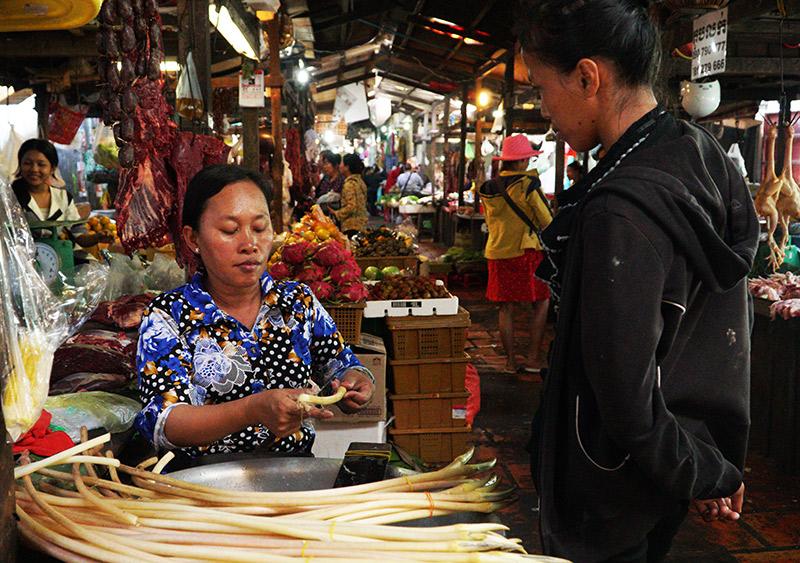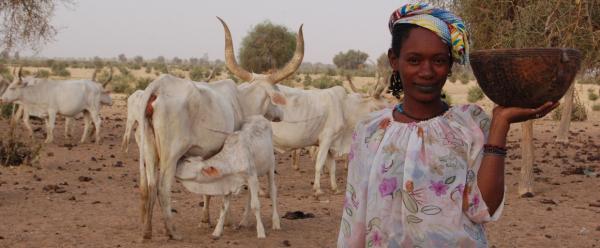Event 9 December 2025
- Home
- CIRAD news
- News
- Eating in the Cities 2020 symposium - Gender and food
Gender and foodways under urban lifestyles

© C. Dangléant, CIRAD
Urbanization is happening so rapidly in Africa, Latin America and Asia that references to rural lifestyles still exist. Although a middle class is emerging alongside a small, very rich elite, most people remain vulnerable. Very different food systems co-exist (supermarkets, markets, street sellers, gardens, imported and local goods, unprocessed or processed by small-scale or industrial operators). This diversity of rapidly evolving situations has triggered many changes, notably in gender relations.
Gender-based division of domestic tasks is evolving, albeit slowly
Meals are still very largely prepared by women. The current trend for healthy eating and "homemade" food means a new responsibility for those women. This mental and physical load is on top of injunctions to contribute to household income and educate and care for children, and goes against women's desire for emancipation. In Morocco, some women prefer fast food eaten outside the home, or ready meals. They are aware that they are straying from the role they have been given: to nourish their families. Despite feeling guilty, they see such practices as a way of freeing themselves from male expectations.
The Covid-19 crisis has given rise to paradoxical situations, as shown in papers presented on Moroccoand Malaysia. In some cases, lockdown has resulted in a redistribution of food-related tasks: shopping, cooking and washing up. However, in others, it has confirmed the split between the domestic space, allocated to women, and the outside world, into which only men venture.
Femininity, masculinity and gender
The concept of masculinity appears to be evolving more in urban areas, where anonymity enables men to transgress social norms. It is also being transformed by the changes in what is seen as feminine. The two concepts are at least partly evolving hand in hand. Several papers showed how figures are emerging of women moving into activities previously dominated by men, to the extent of becoming "male women", for instance in Abidjan. Gender is indeed a sociocultural construct.
Three spaces for change
The symposium pinpointed three major trends expressed in urban areas, different forms of which are seen the world over.
- The commercial space dominates in urban areas in terms of access to food. Commodification impinges on the domestic space. It is a field of change in terms of the division of tasks in many towns and cities: on the markets of Abidjan, and in Buenos Aires, Amazonia, Sri Lanka or Brazil.
- The digital space is also bringing change, for instance in Malaysia and Morocco. Social networks have blurred the distinction between the domestic and public spaces, and boosted diversity.
- The third space, relating to objections to meat production and consumption, tackles the issue of the patriarchy. Certain eco-feminist theories simultaneously denounce the oppression of women, animals and nature. Various studies have shown that one gender - female - is more ecologically committed than the other, and that in the domestic sphere, that commitment is reflected in diet.
Along the same lines as the first two "Eating in the Cities" events, and the book based on them, it was once again felt worthwhile comparing views on different continents concerning the universal issue of gender relations. While there is still a degree of resistance, the papers presented showed that gender relations are shifting, for instance in the field of scientific relations between the global North and global South.



























